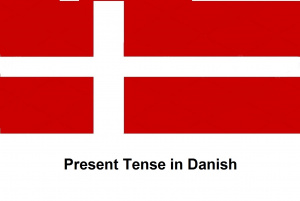Difference between revisions of "Language/Danish/Grammar/Present-Tense"
Jump to navigation
Jump to search
m (Quick edit) |
|||
| Line 101: | Line 101: | ||
|ELES VÃO | |ELES VÃO | ||
|} | |} | ||
==Related Lessons== | |||
* [[Language/Danish/Grammar/The-Genitive-Case-in-Danish|The Genitive Case in Danish]] | |||
* [[Language/Danish/Grammar/The-Nominative-Case-in-Danish|The Nominative Case in Danish]] | |||
* [[Language/Danish/Grammar/Questions|Questions]] | |||
* [[Language/Danish/Grammar/Adjectives|Adjectives]] | |||
* [[Language/Danish/Grammar/Plurals|Plurals]] | |||
* [[Language/Danish/Grammar/The-Accusative-Case-in-Danish|The Accusative Case in Danish]] | |||
* [[Language/Danish/Grammar/The-Locative-Case-in-Danish|The Locative Case in Danish]] | |||
* [[Language/Danish/Grammar/How-to-use-“can”-in-Danish|How to use “can” in Danish]] | |||
* [[Language/Danish/Grammar/How-to-use-“to-be”-with-names-and-places|How to use “to be” with names and places]] | |||
Revision as of 17:01, 26 February 2023
Hello everybody,
In today's lesson you will learn how to use "THE PRESENT TENSE" in Danish.
Feel free to edit this page by adding new words and expressions !
In Danish, the conjugation of verbs is the same across all pronouns.
The infinitive verbs always end in -e, and are always preceded by the phrase "at". For example: "at gå", meaning "to go" or "to walk".
To form the present tense, you have to add -r to the verb, and replace the "at" with the correct pronoun depending on your subject.
The Pronouns are :
| ENGLISH | DANISH | PORTUGUESE |
|---|---|---|
| I | JEG | EU |
| YOU | DU | VOCÊ |
| HE | HAN | ELE |
| SHE | HUN | ELA |
| WE | VI | NÓS |
| YOU (PLURAL) | I | VOCÊS |
| THEY | DE | ELES |
Using the example of "at gå" (to go):
| ENGLISH | DANISH | PORTUGUESE |
|---|---|---|
| I GO | JEG GÅR | EU VOU |
| YOU GO | DU GÅR | VOCÊ VAI |
| HE GOES | HAN GÅR | ELE VAI |
| SHE GOES | HUN GÅR | ELA VAI |
| WE GO | VI GÅR | NÓS VAMOS |
| YOU (PLURAL) GO | I GÅR | VOCÊS VÃO |
| THEY GO | DE GÅR | ELES VÃO |
